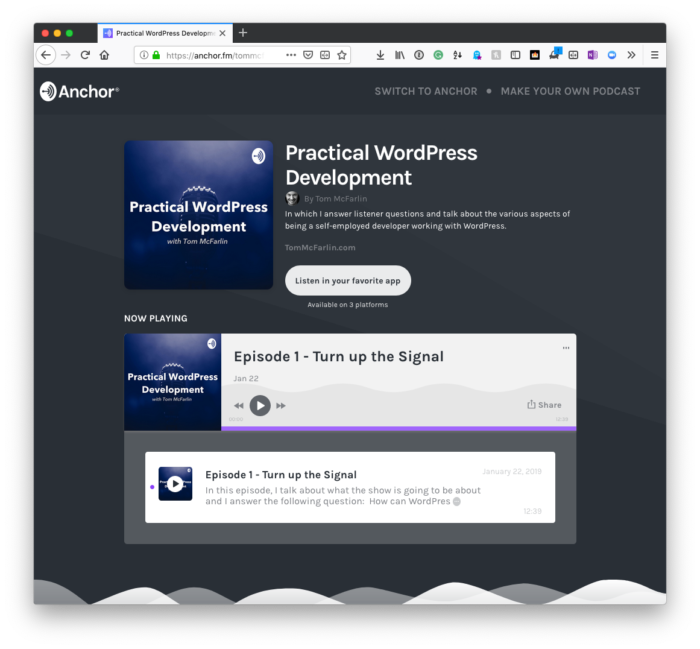When it comes to creating classes for WordPress plugins, I’ve been asked about why I bother separating functionality into subscribers and into other classes.
I think this is a good question because it helps to understand two things:
- the role of a subscriber as it relates to the WordPress architecture,
- the role of the other classes as it relates to what it is you’re building (and how this can help with other things like unit testing and so on).
So I thought why not respond in the form of a short post? It’ll document the why behind the what [and it will give me a place to update if things change in the future].



